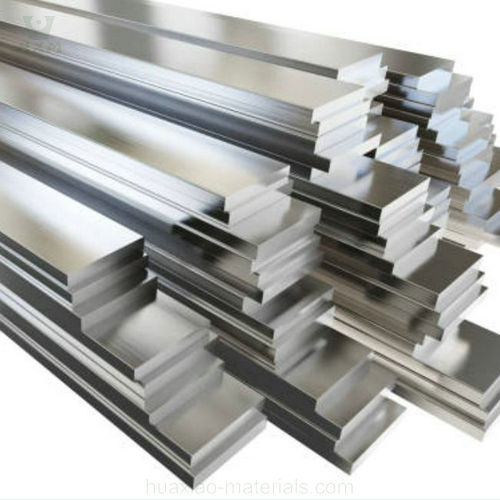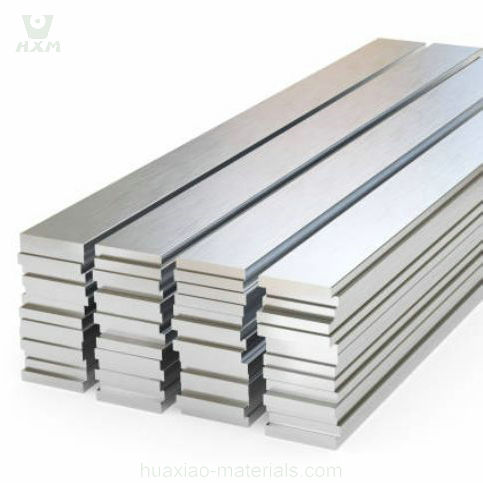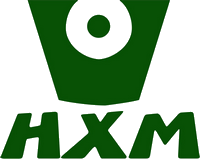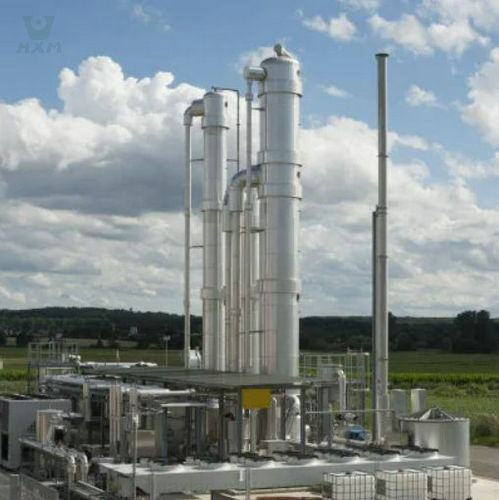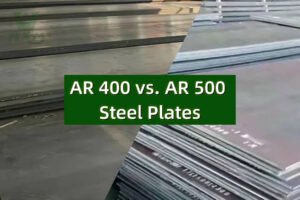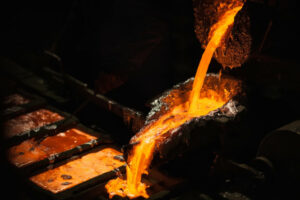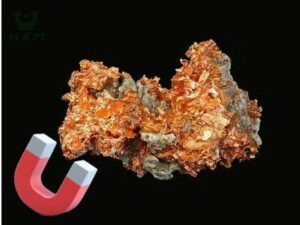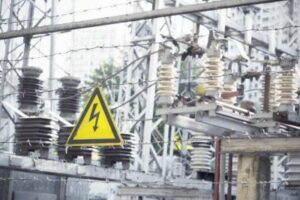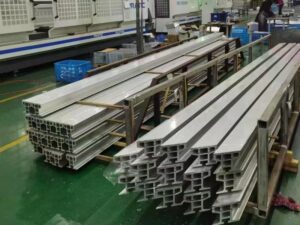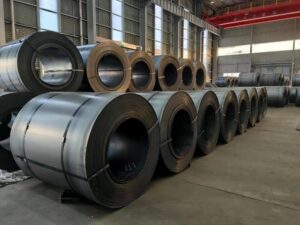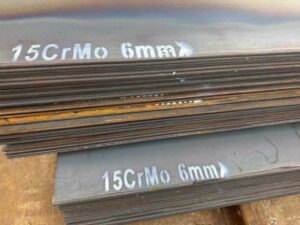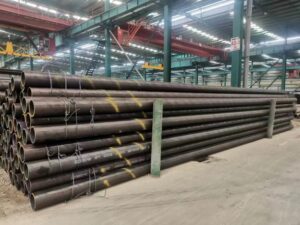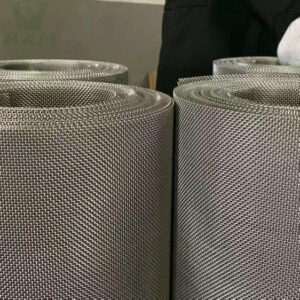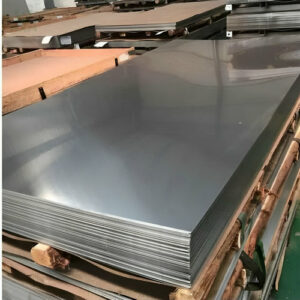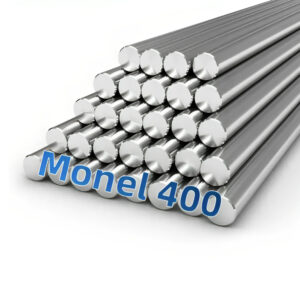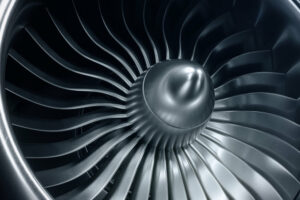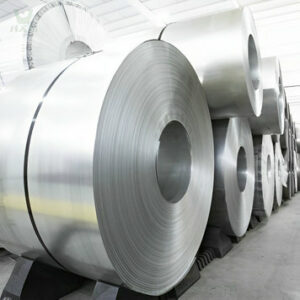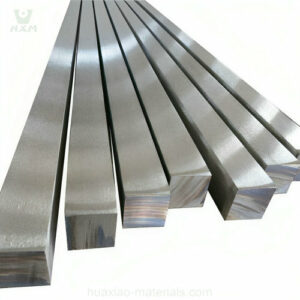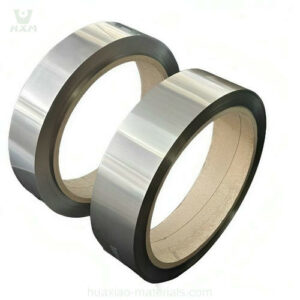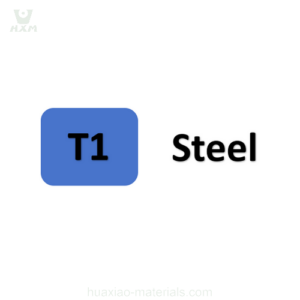When welding and fabricating components made of 317L stainless steel, several considerations should be taken into account to ensure the best results and maintain its excellent corrosion resistance and mechanical properties:
1. Welding Process Selection: Use low heat input welding processes such as Gas Tungsten Arc Welding (GTAW/TIG) or Gas Metal Arc Welding (GMAW/MIG). These processes minimize the risk of sensitization and maintain the material’s corrosion resistance.
2. Filler Material: Choose filler materials that match the composition of 317L stainless steel (ER317L or similar). Using the correct filler metal ensures optimal weld strength and corrosion resistance.
3. Preheating: Preheating is generally not required for 317L stainless steel. However, in thick sections or when welding in extremely cold conditions, preheating may be beneficial to prevent thermal cracking.
4. Post-Weld Heat Treatment (PWHT): In most cases, PWHT is not necessary for 317L stainless steel. However, if the welded component is subjected to high mechanical stress or exposed to aggressive environments, a stress-relieving anneal may be recommended to reduce residual stresses and enhance corrosion resistance.
5. Weld Purging: When welding thick sections or in applications where the backside of the weld is inaccessible, weld purging with inert gas (like argon) may be used to prevent oxidation and maintain the corrosion resistance of the weld.
6. Avoid Contamination: Prevent contamination of the weld zone by ensuring the cleanliness of the workpiece, filler materials, and welding equipment. This helps avoid inclusions or defects that could compromise the weld’s integrity.
7. Fabrication and Machining: 317L stainless steel has good formability and can be readily fabricated using standard processes. However, due to its higher strength and work-hardening tendency, special attention should be given during bending and forming to prevent cracking. Proper machining techniques and tools should be used to achieve desired dimensions without affecting the material’s properties.
8. Surface Finish: Smooth surface finishes are preferable, especially in applications where cleanliness and hygiene are essential to maintain the material’s corrosion resistance.
9. Training and Expertise: Welding and fabricating 317L stainless steel require skilled personnel who are familiar with the material’s characteristics and the specific considerations for handling this alloy.
By adhering to these considerations and using appropriate welding and fabrication techniques, components made of 317L stainless steel can be manufactured with optimal corrosion resistance and mechanical properties, making them suitable for demanding applications in harsh and corrosive environments.
